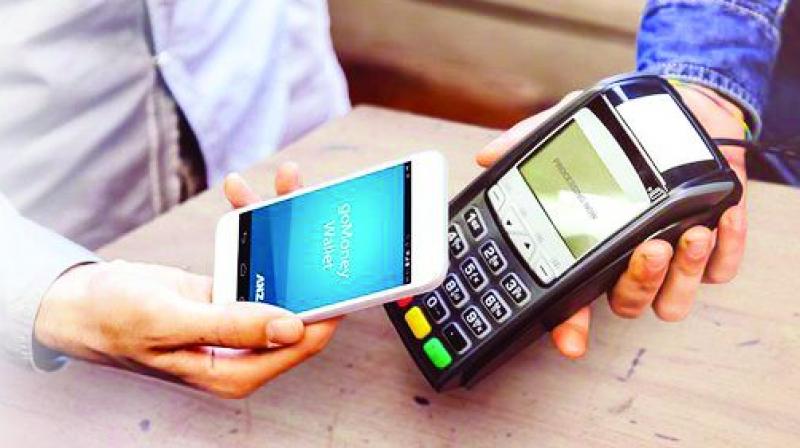You may have heard that digital wallets are beginning to catch on as smartphone adoption rates rise. This is a good thing for consumers and businesses, because it reduces the risk of fraud and unauthorized access to sensitive account data. Due to the multiple layers of security used in such transactions. That’s why some digital wallets are accepted in over 100 countries.
Increasingly, credit card processing companies are making hardware and software compatible with these new developments. Getting all of these services to “talk” to one another, in order to exchange financial information for a customer’s account to complete the purchase, has been a challenge up till now. Today, there are more ways than ever to pay for something in line at your local department or grocery store, and several advantages to all of them.
Basic Security
When sending payments over the internet, the purchaser needs to relay his or her information to the merchant’s bank. This information includes account numbers, as well as the amount to be transferred. All of this data is first encrypted before it’s sent anonymously through a payment gateway.
On the consumer side, you sign up for an account. This account trakcs all of your data, so you can imagine that this account’s credentials are basically vouching for your bank account.
This is a good thing overall because accounts don’t really vanish. If you were to lose your wallet, you might lose your credit cards for a while, and will definitely lose the cash inside that wallet. With digital wallets, you can simply log in from another device and continue as usual. You’ll still want to report your phone lost or stolen, but your device has additional security that prevents hackers from gaining access to it.
Modern phones use NFC chips to store financially sensitive data. Even if the hacker gains root access to your phone, it would be quite difficult to gain entry into this chip to steal the data inside.
What Changed
According to Charge.com, one of the fundamental shifts that occurred was the move to digital. Today, nearly everyone has a cell phone and that cell phone contains personally identifying information like your bank account. Companies that process transactions at the register have ample experience working digitally, which translated well to brick and mortar stores. Today, you’re just as likely to swipe something on your phone as you are to swipe your card.








